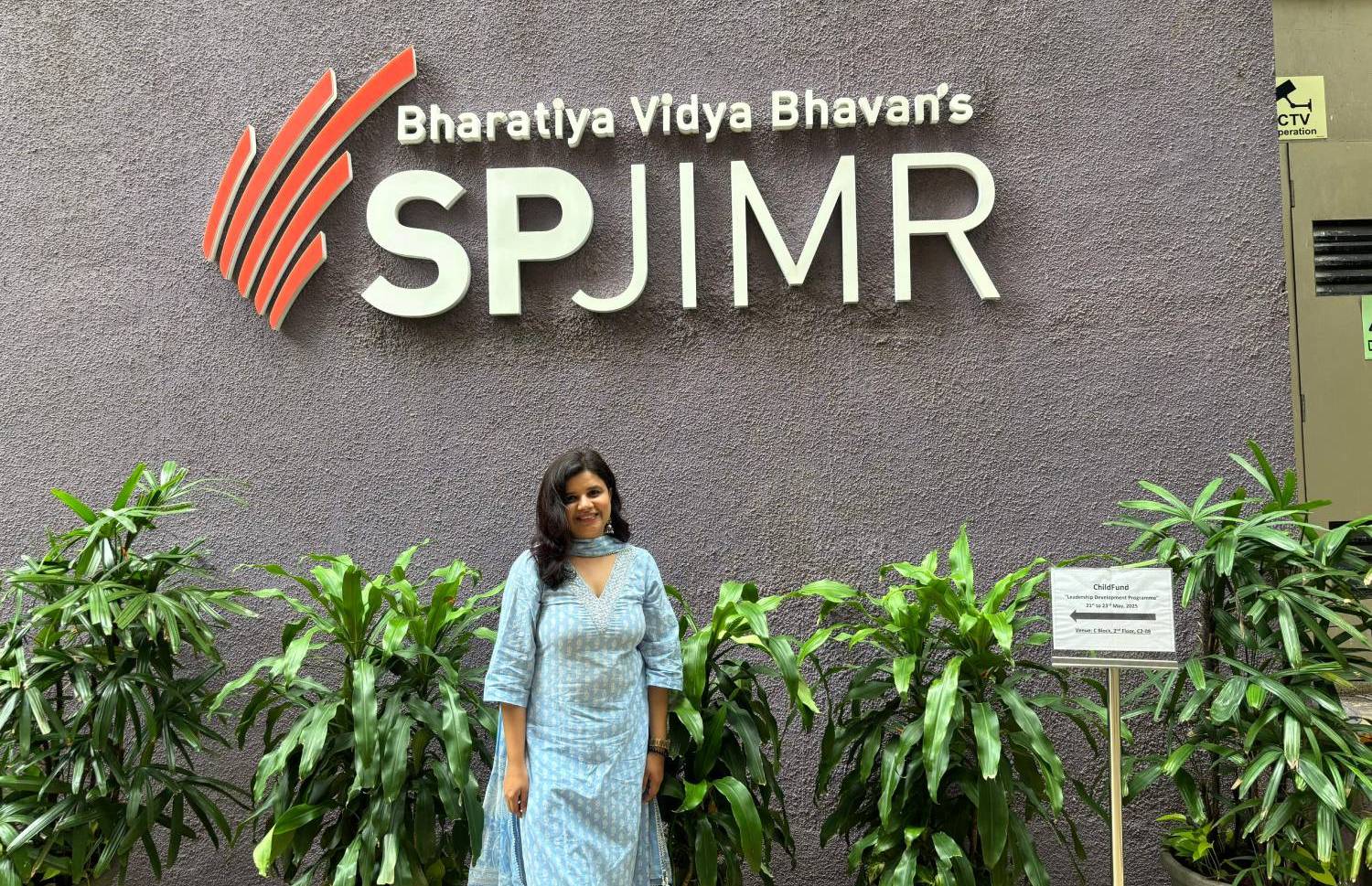I, Bahar Gulati, as a PGPM 2024-26 student at SPJIMR, have learnt that real-world problems are the best classrooms to practise in. We are taught to solve these real-world problems by applying design thinking and coming up with innovative solutions.
Spotting the problem
Luckily, we didn’t have to look far from our campus. Right outside our hostel doors, we encountered a quiet but escalating issue of paper bag waste. My fellow participants, Aditya Prakash Swain, Gaurao D., Meet Dave, and Tanishq Katiyar, approached this challenge as more than just a class assignment.
We recognised it as a challenge to drive meaningful change that went beyond the scope of the class assignment. It evolved into an initiative aimed at creating impact and fostering a culture of sustainability within our campus community and beyond.

With more than 400 deliveries arriving each day on campus, it’s very hard to ignore the use of single-use packaging, as over time, the volume accumulates. While people often choose paper bags with good intentions to avoid plastic, it’s important to remember the hidden cost to the environment. When it piles daily by hundreds, it turns into a problem, reminding us that the most well-intentioned choices also carry consequences.
Listening before designing

SPJIMR’s curriculum, which blends practical projects with human-centred problem-solving, encouraged us to dig deeper and design a solution. In the process, we followed the trail on the campus by visiting hostel rooms and contacting stores.
We also spoke to the participants, vendors and delivery partners to understand their perspectives. A common phrase that was repeated in those interactions was “I want to do better. I just don’t know how.” With these observations in mind, we realised that the system prioritised speed and convenience over sustainability and the reuse of the bags.
We wanted to move beyond identifying the problem and create a pathway for change. With the help of empathy interviews, laddering exercises, and many rounds of late-night discussions, we mapped out the behaviours, motivations and barriers that make people choose the option of paper bags. These insights led us to design a structured return loop with the feedback.
Turning ideas into action
We created drop points at visible locations across the SPJIMR campus. We built a simple, frictionless process where we wanted people to associate the process of sustainability with something positive and introduced a cheerful mascot to bring the idea to life.
We piloted the system and collaborated with Abhyudaya, SPJIMR’s community-based organisation, and around 250 bags were returned by the evening. The return was prompted not only by any obligation and choice, and we handed the bags over to Abhyudaya for better utilisation.

Learning with problem-solving
This project taught me that change doesn’t need grand gestures. Design thinking, with SPJIMR’s nurturing ecosystem, showed us that at times, it begins with a small but deliberate push in the right direction.
Caruna Bhat, Assistant Professor of Strategy & Innovation at SPJIMR, mentored us by refining our approach and ensuring our ideas were not only creative but also practical, grounded in design thinking, and empowering us to think beyond the assignment.
Reflecting on the design thinking assignment, I learnt that even small efforts and solutions can spark change, and I will strive to apply this in my own life.
Register your interest for this programme
Please fill in the following details





